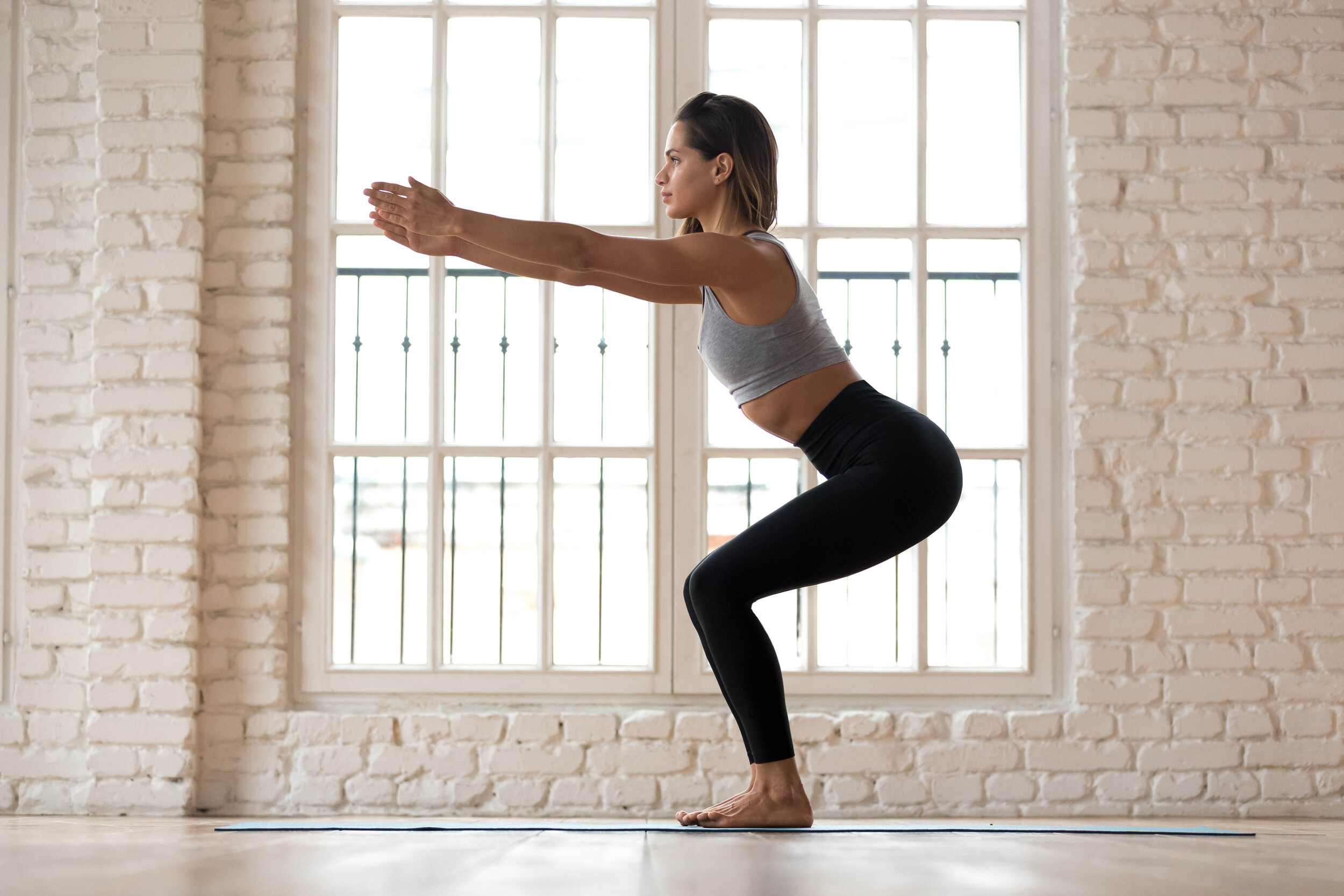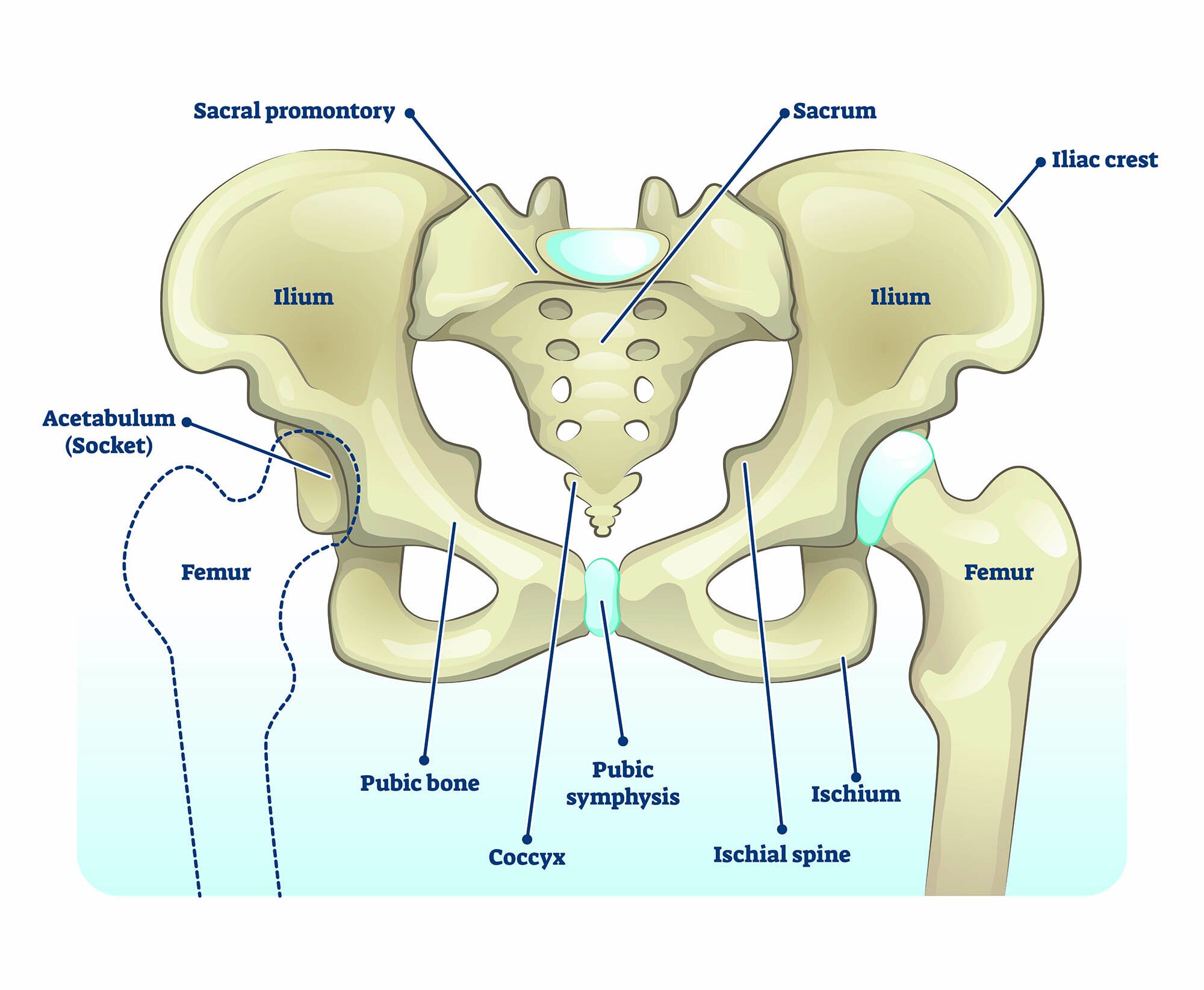Is squatting Difficult for You?
Is squatting difficult for you? Do you get low back pain with lifting, hiking, or just doing simple activities of daily living? Maybe you feel sore after sitting or driving? There could be a number of culprits here but it is likely that your hips are a major player in your problem. Hip flexibility is a very important component of any athletic training program and an even more important factor in living a comfortable and pain-free life. In this blog I sit down with Dr. Christopher Boone, MD from Proliance Orthopaedics & Sports Medicine in Bellevue.
How Does the Hip Move in a squat?
The hip joint has three degrees of freedom, meaning it can move forwards and backwards, side to side, and rotate internally and externally. Most functional movements in our day-to-day life include a combination of these movements. If your hip motion is limited whether that be from tight muscles or a restricted hip joint you may be forcing your body to adapt in ways that can cause pain and dysfunction over time.
What Muscles Control the Hip?
Your hip is controlled by a number of large and powerful muscle groups and tightness of these muscles can greatly affect how your spine and legs move. One of the most common hip mobility deficits comes from a lack of flexibility in the hip flexor muscles which in turn limits extension of the hip. The hip flexors are large muscles that lift your legs and help to stabilize your trunk. If these muscles are restricted, people will often resort to using excessive spine motion during daily activities such as walking or squatting. Over time this can cause significant low back pain and difficulty with simple daily movement. In fact, the relationship between poor hip mobility and increased trunk flexion during squatting has been well researched and proven to put significant force on the lumbar spine.(1) Furthermore, research has shown a strong correlation between poor hip extension range and chronic low back pain.(2)
How does sitting effect my squat?
Excessive sitting that occurs in modern society is a leading cause of poor hip extension and is one of the most common presenting problems to therapists and/or orthopedists office. However, other hip motions can cause body aches and pains as well. Research has shown strong correlations between low back pain and asymmetrical hip rotation.(3) When someone has greater hip external rotation compared to internal rotation, they have a much higher likelihood of having low back pain and displaying poor biomechanics with squatting.(4) This phenomenon has been well-documented among the general population as well as with many rotation-based athletes such as golfers, hockey players, and tennis players.(5)
Evaluation of the Hip joint is important
How do you know if your aches or movement difficulties are associated with hip motion? Dr. Boone states, First and foremost: Get an evaluation! Orthopedic doctors and physical therapists are excellent at evaluating hip motion and determining the root cause of the physical symptoms you may be experiencing. Numerous treatment options exist to improve hip motion and eliminate the symptoms associated with poor hip mobility. The sooner you determine the role hip mobility plays in your symptoms, the easier it is to treat and the sooner you will be back in action!
References
1. Kim, S. H., Kwon, O. Y., Park, K. N., Jeon, I. C., & Weon, J. H. (2015). Lower extremity strength and the range of motion in relation to squat depth. Journal of human kinetics, 45(1), 59-69.
2. Roach, S. M., San Juan, J. G., Suprak, D. N., Lyda, M., Bies, A. J., & Boydston, C. R. (2015). Passive hip range of motion is reduced in active subjects with chronic low back pain compared to controls. International journal of sports physical therapy, 10(1), 13.
3. Cejudo, A., Moreno-Alcaraz, V. J., Izzo, R., Santonja-Medina, F., & Sainz de Baranda, P. (2020). External and total hip rotation ranges of motion predispose to low back pain in elite Spanish inline hockey players. International Journal of Environmental Research and Public Health, 17(13), 4858.
4. Barbee Ellison, J., Rose, S. J., & Sahrmann, S. A. (1990). Patterns of hip rotation range of motion: a comparison between healthy subjects and patients with low back pain. Physical therapy, 70(9), 537-541.
5. Reiman, M. P., Weisbach, P. C., & Glynn, P. E. (2009). The hip’s influence on low back pain: a distal link to a proximal problem. Journal of sport rehabilitation, 18(1), 24-32.





